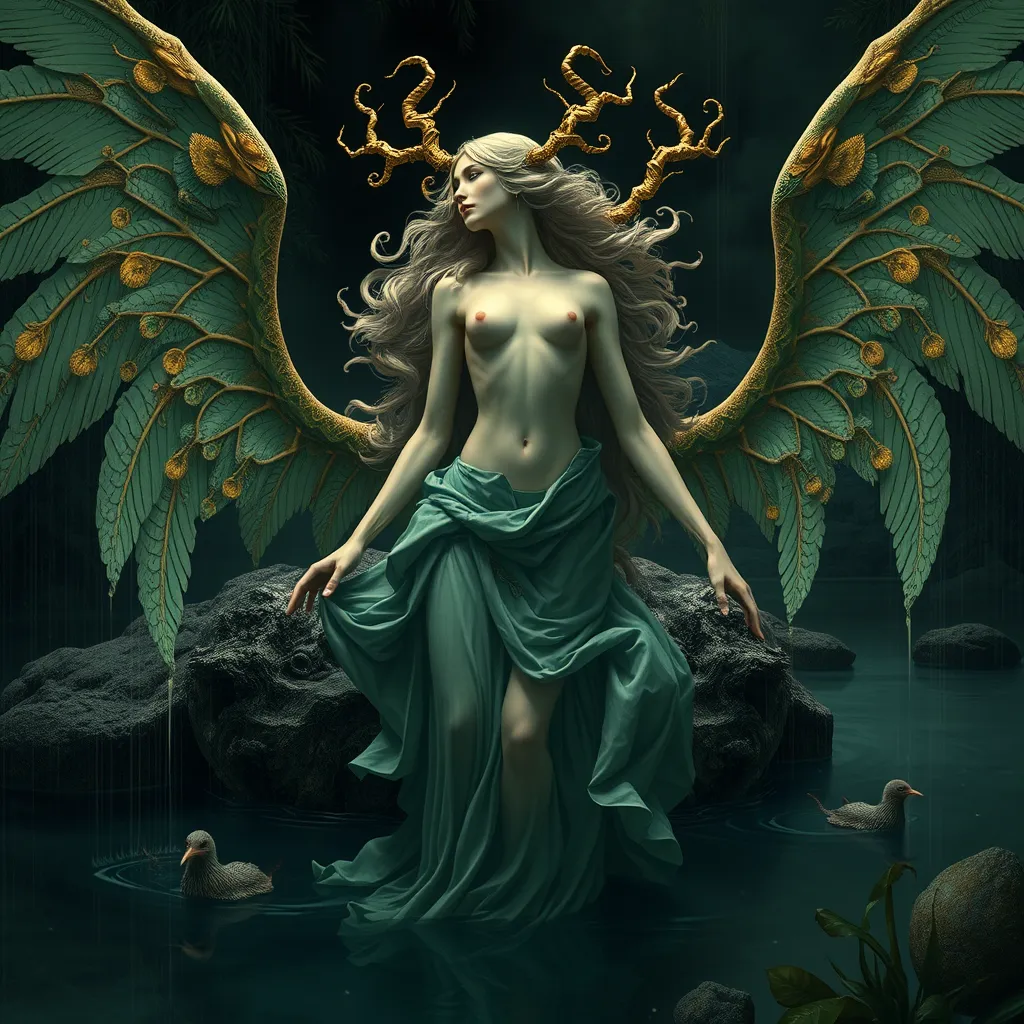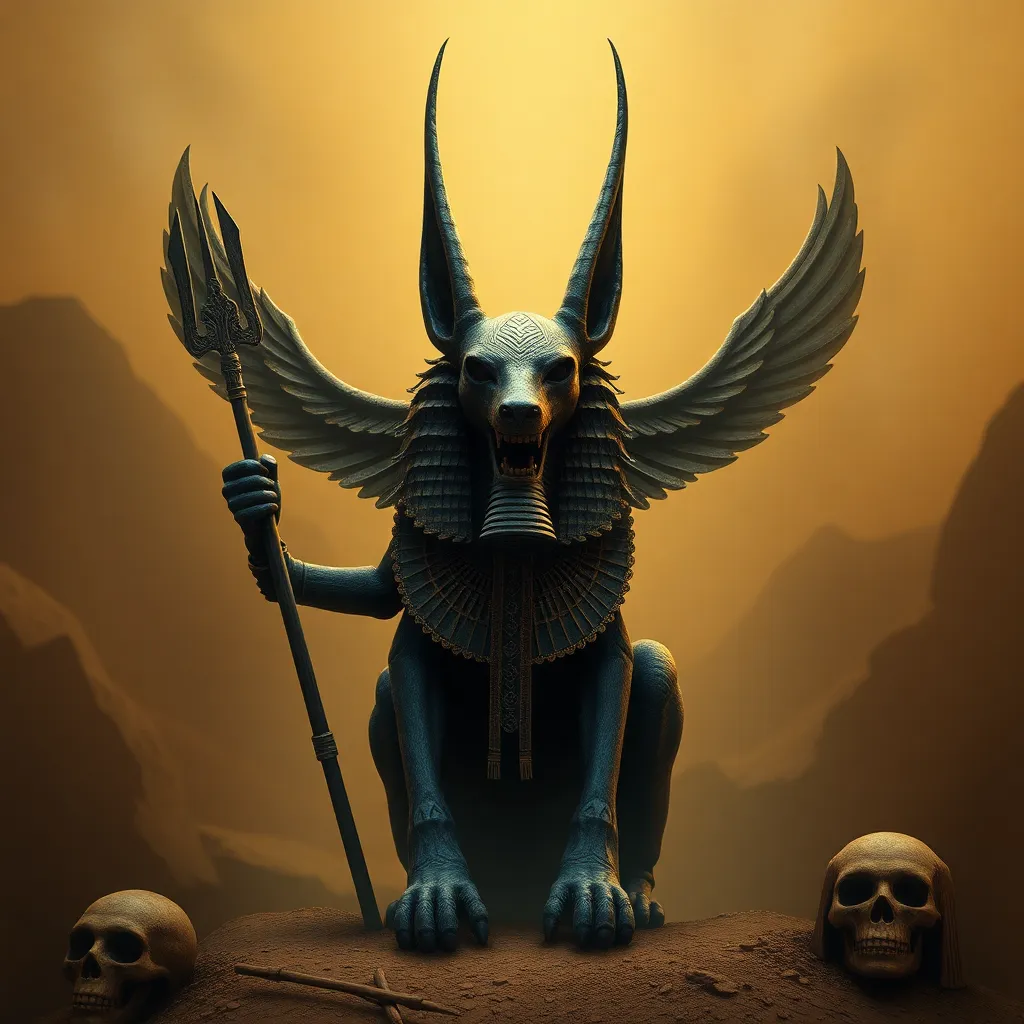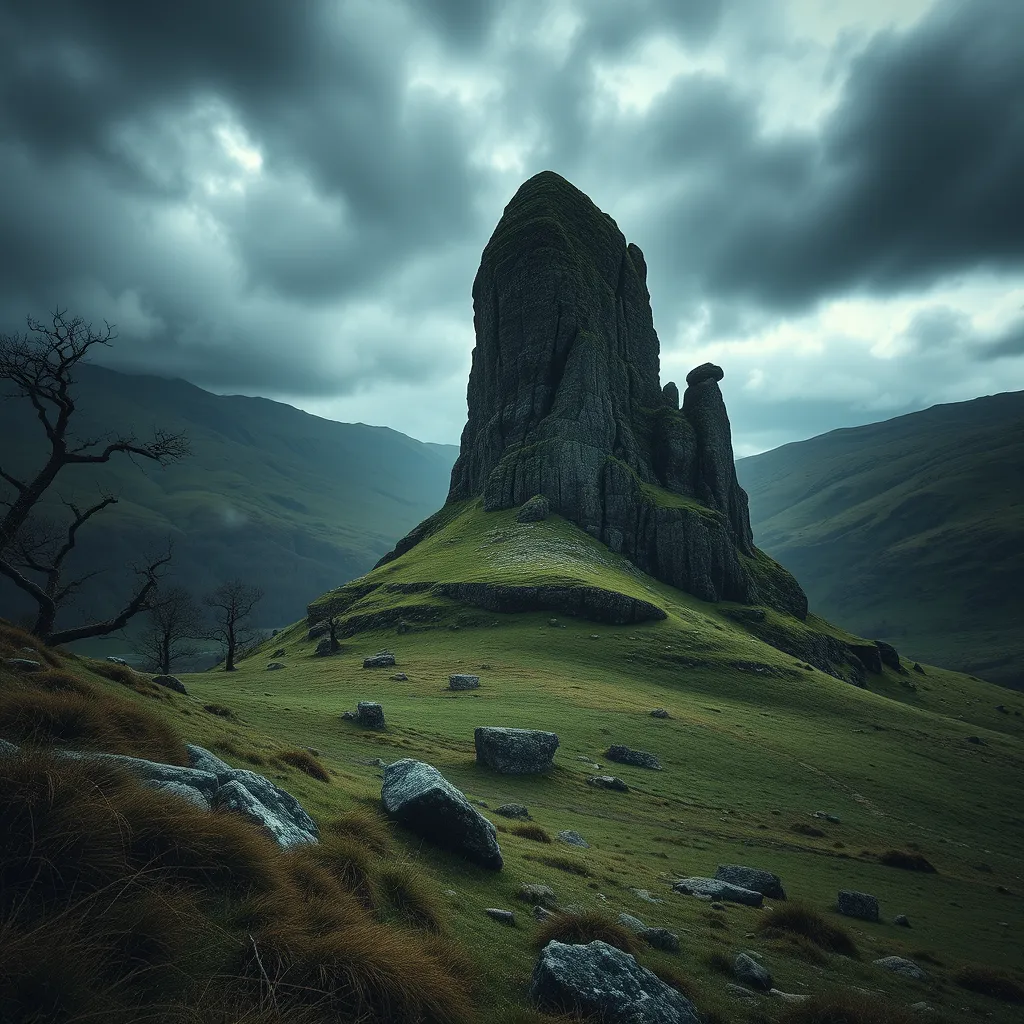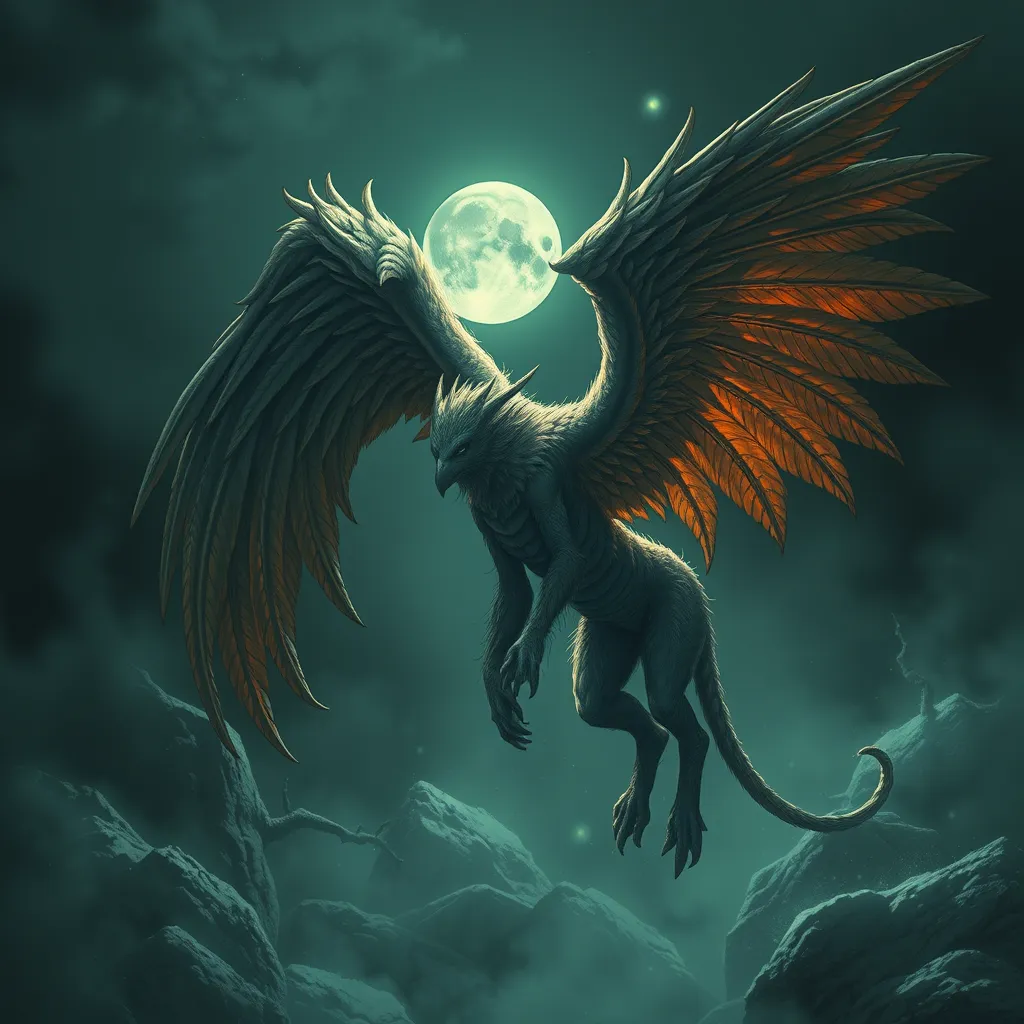Beyond the Naiad: Unveiling the Diverse Nymphs of Greek Mythology
I. Introduction to Nymphs in Greek Mythology
Nymphs are integral figures in Greek mythology, embodying the spirit of nature and the beauty of the world. Defined as minor female deities, nymphs are often associated with specific natural features, such as rivers, trees, and mountains. They are characterized by their youthfulness, beauty, and grace, often depicted as enchanting maidens that resonate with the elements they represent.
The importance of nymphs in ancient Greek culture and religion cannot be overstated. They were revered as protectors of the natural world, playing crucial roles in various myths and legends. Nymphs were believed to influence the fertility of the earth, the flow of rivers, and the growth of forests, making them essential to the agricultural and spiritual life of the Greeks.
II. The Classification of Nymphs
Nymphs can be classified into various types based on their habitat and the elements they embody. The most prominent classifications include:
- Naiads: Water nymphs associated with springs, rivers, and lakes.
- Dryads: Tree nymphs, specifically tied to oak trees.
- Oreads: Mountain nymphs that inhabit the hills and mountains.
- Oceanids: Nymphs of the ocean, daughters of the Titan Oceanus.
- Hamadryads: Nymphs that are linked to and protected specific trees.
These classifications highlight the distinctions between aquatic, terrestrial, and celestial nymphs, showcasing the diversity of these mythical beings. Each type of nymph holds unique qualities and plays different roles within the mythological narratives of ancient Greece.
III. Naiads: The Water Spirits
Naiads are among the most well-known nymphs in Greek mythology, often depicted as beautiful young women who inhabit freshwater bodies. They are known for their alluring beauty and their connection to the life-giving properties of water.
In mythology, Naiads played various roles, often serving as protectors of springs and rivers. They were believed to have the power to heal and were associated with fertility and growth. Naiads were also known for their capricious nature, sometimes luring mortals to their deaths in the depths of their waters.
Some famous Naiads include:
- Arethusa: A Naiad who was transformed into a spring to escape the advances of Alpheus.
- Echo: A Naiad cursed to only repeat the words of others, whose tragic love for Narcissus became legendary.
- Thalia: One of the Muses, sometimes considered a water nymph associated with flourishing and abundance.
The symbolism of Naiads extends into literature and art, representing the duality of nature—both nurturing and destructive. They embody the beauty and peril of water, often depicted in paintings and sculptures throughout history.
IV. Dryads: Guardians of the Forest
Dryads are the tree nymphs of Greek mythology, often depicted as beautiful maidens who are intimately connected to the forests. They are regarded as the protectors of trees, particularly oak trees, and are intrinsically tied to the health of their natural surroundings.
The significance of Dryads is reflected in key myths that showcase their relationships with gods and mortals. One of the most famous tales involves the Dryad Daphne, who was pursued by the god Apollo. To escape him, she prayed for help and was transformed into a laurel tree, symbolizing the intense connection between Dryads and the forests they inhabit.
Dryads also embody ecological symbolism, representing the fragility of nature and the importance of environmental conservation. Their stories serve as reminders of humanity’s connection to nature and the need to protect it.
V. Oreads: Nymphs of the Mountains
Oreads are the mountain nymphs of Greek mythology, often depicted as young women who dwell in rocky caves and high altitudes. They are known for their wild and untamed nature, reflecting the rugged beauty of mountainous landscapes.
Mythological tales featuring Oreads often highlight their adventurous spirit and connection to the natural world. For instance, Hecate, a powerful goddess associated with magic and witchcraft, is sometimes described as having Oread companions during her nocturnal wanderings.
The cultural significance of mountains in ancient Greece is profound. Mountains were seen as sacred spaces, often associated with gods and divine encounters. Oreads, as guardians of these heights, played a crucial role in the mythological landscape, symbolizing the reverence the Greeks had for the natural world.
VI. Other Notable Nymphs
Aside from Naiads, Dryads, and Oreads, Greek mythology features several other notable types of nymphs:
- Oceanids: These nymphs are the daughters of Oceanus and represent the vastness of the ocean. They are often depicted in myths as nurturing and wise, associated with the rhythms of the sea.
- Hamadryads: Unique among nymphs, Hamadryads are bound to specific trees. When the tree dies, so too does the Hamadryad, highlighting their deep connection to the life of the forest.
- Regional Nymphs: Many regions of Greece had their own local nymphs, each with unique attributes and stories that reflect their specific landscapes and cultures.
VII. The Influence of Nymphs on Modern Culture
The legacy of nymphs extends into modern culture, where they continue to inspire artists, writers, and creators. Representations of nymphs can be found in contemporary literature, often embodying themes of femininity, nature, and mystique.
In popular media, nymphs have evolved into various forms, from romanticized figures in fantasy novels to ethereal beings in films and television series. They often serve as symbols of beauty and nature, bridging the gap between the ancient world and modern storytelling.
VIII. Conclusion: The Enduring Legacy of Nymphs
Nymphs hold a significant place in Greek mythology, representing the beauty and power of nature. Their diverse forms and stories reflect the ancient Greeks’ reverence for the natural world and their belief in the interconnectedness of all living things.
Today, the fascination with nymphs continues, as they resonate with themes of femininity, nature, and spirituality in modern storytelling. From literature to art, nymphs remain enduring symbols of the beauty and mystery that nature holds, captivating the imagination of generations to come.




